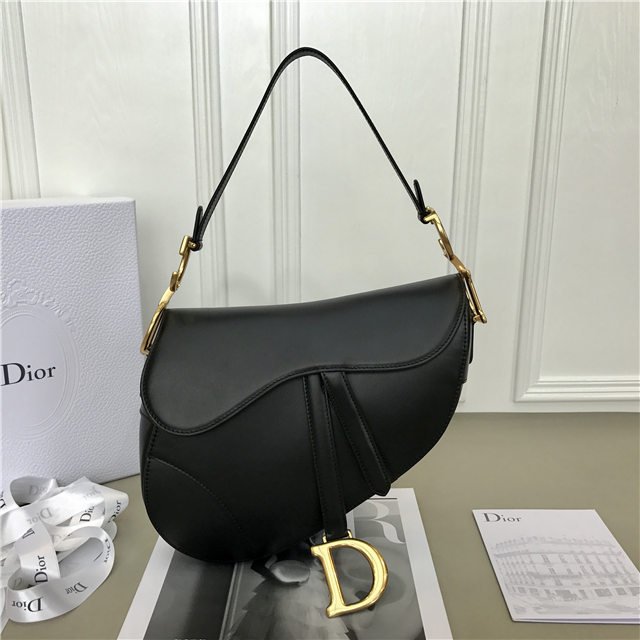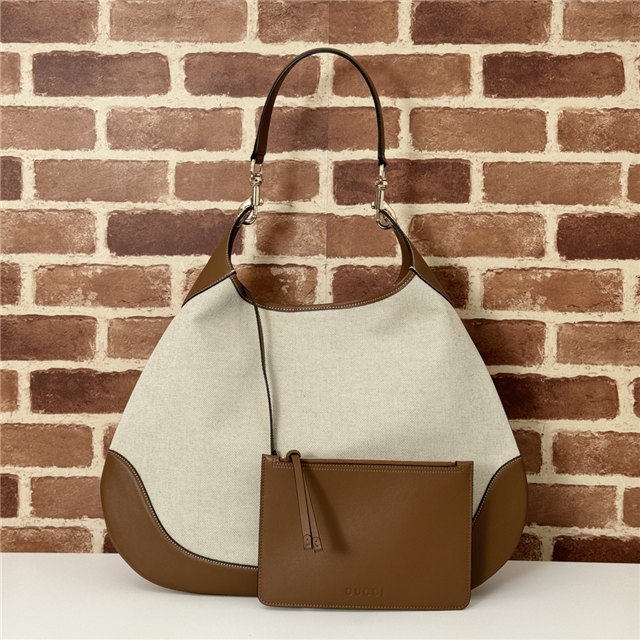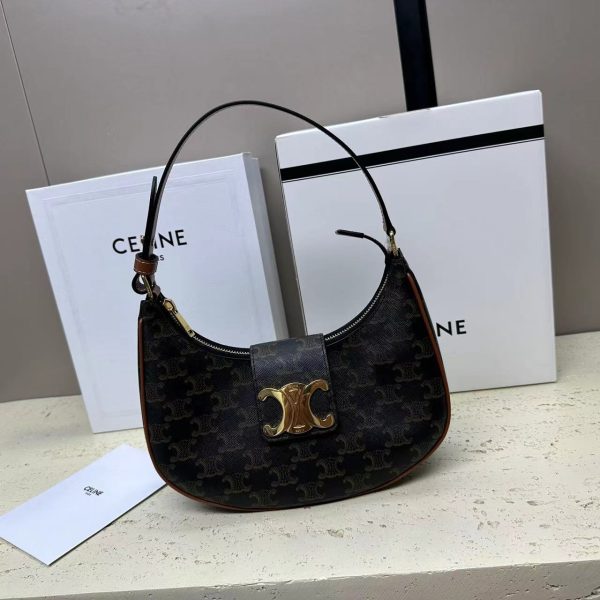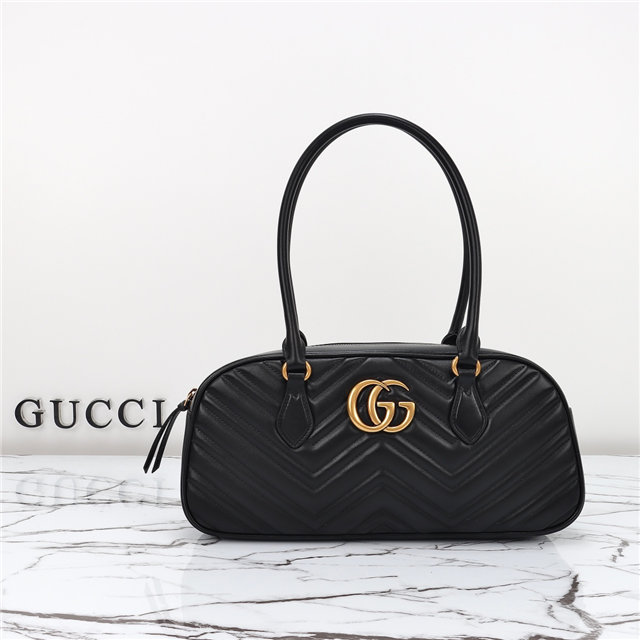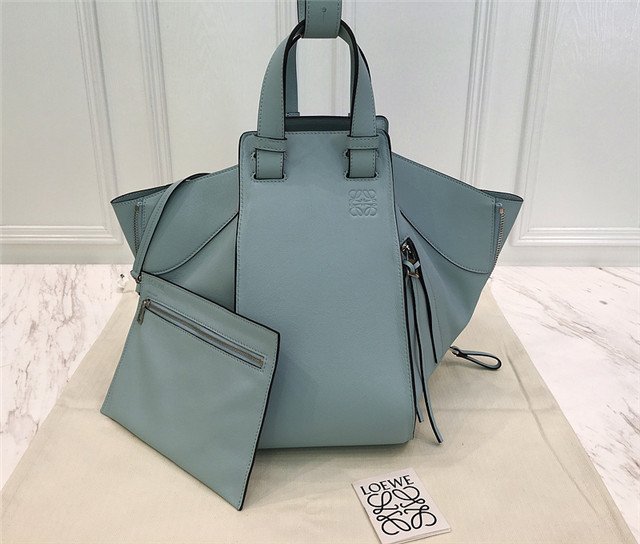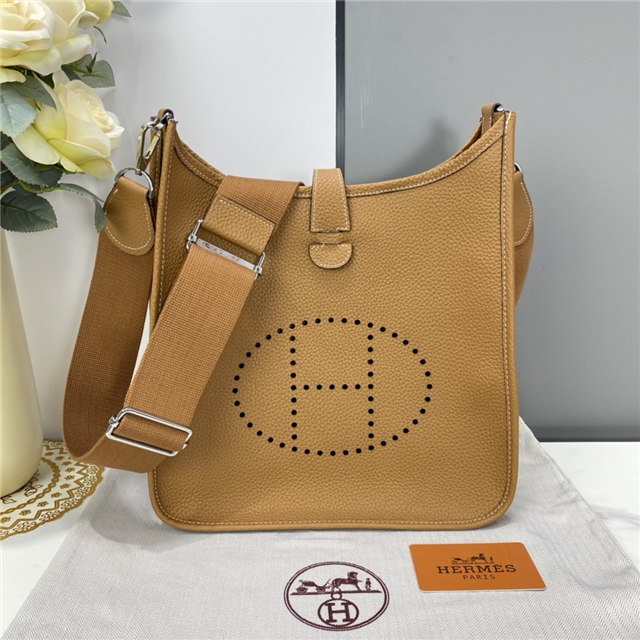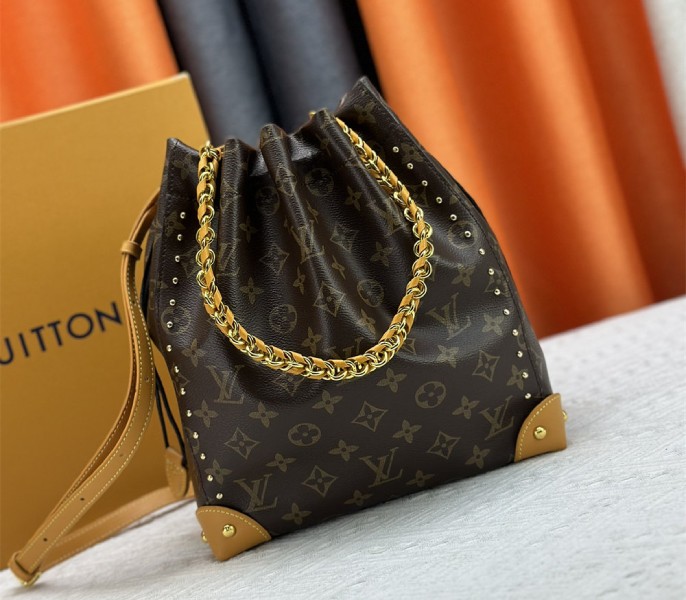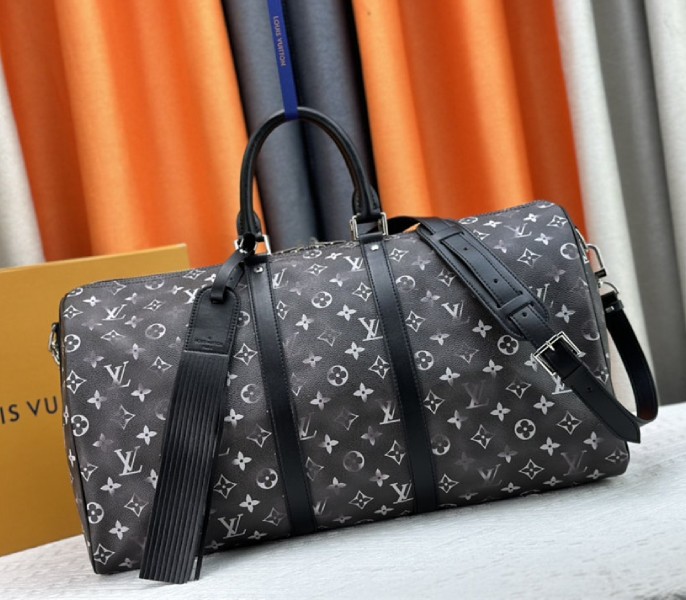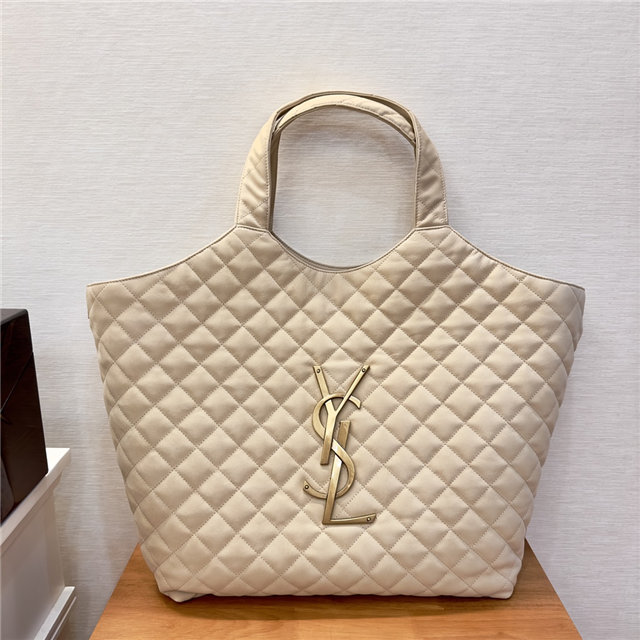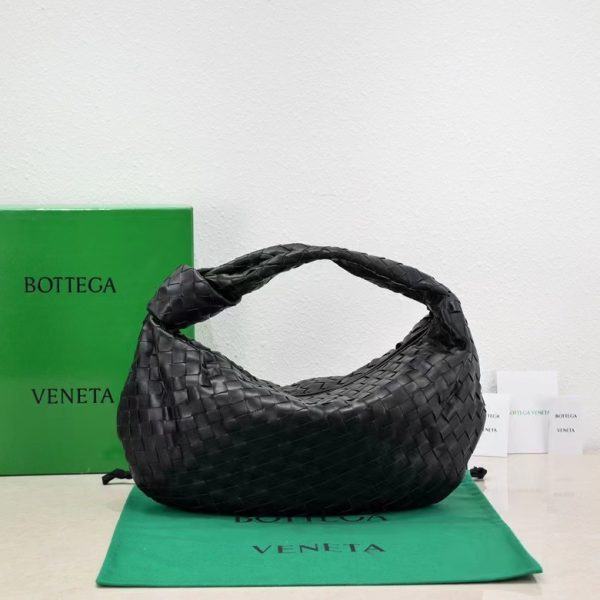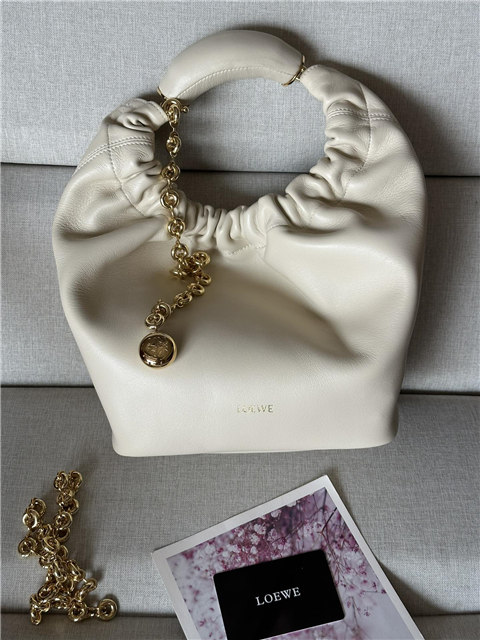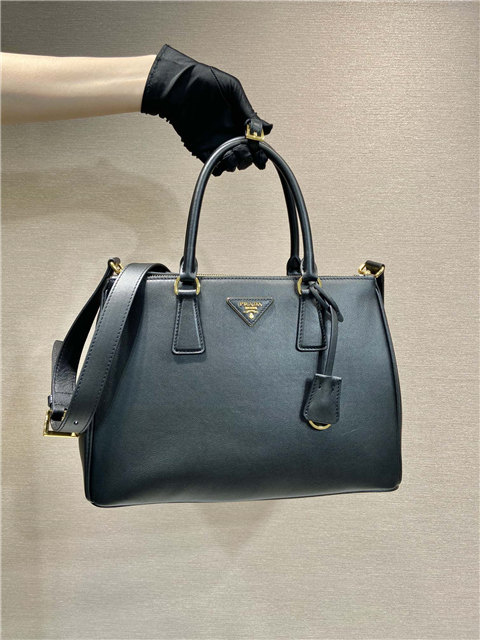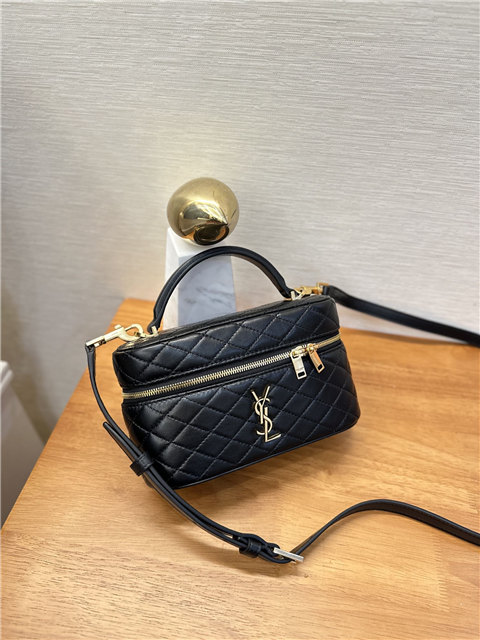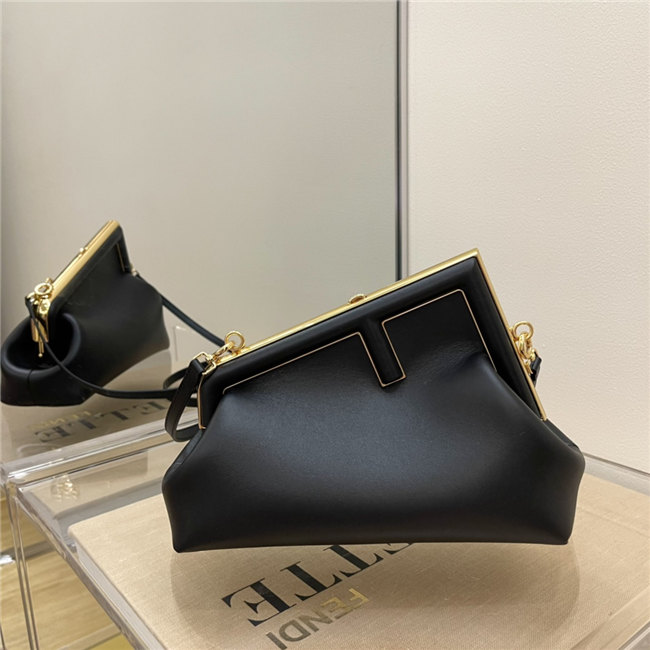So, where do we even start? Well, first things first, lemme tell ya, spotting a fake Cartier can be trickier than you think. But don’t sweat it, I’ll give you the lowdown on what to look for.
The dial, oh man, the dial. That’s like, the holy grail of authentication. Counterfeiters try, bless their little cotton socks, but replicating the intricate details of a genuine Cartier dial is tough. Think about it: The font needs to be *perfect*, the spacing between the letters, the way the light catches it… it’s all gotta be spot-on. Look for any signs of sloppiness, like smudged ink or uneven lettering. If something looks off, trust your gut feeling.
Now, there’s a gazillion different Cartier dial types out there, depending on the collection and the year it was made. A Tank dial is gonna look different from a Ballon Bleu dial, obviously. But the one thing that stays consistent across ALL authentic Cartiers? Quality. It’s just gotta scream “expensive” even at first glance.
And speaking of the Ballon Bleu… that one’s a real popular model, so there are tons of fakes floating around. It’s kinda like the iPhone of the watch world, everyone wants one, and lots of people are trying to rip it off.
But honestly? It’s not *that* hard to tell a real Ballon Bleu from a fake, *IF* you know what to look for. (I mean, sometimes it’s obvious, like when it’s being sold out of someone’s trunk for 50 bucks…duh!).
Okay, quick detour. You know what else is super important? The feel of the watch. Hold it in your hand. Does it feel substantial? A real Cartier will have some weight to it, due to the quality materials they use. A cheap, lightweight fake will feel…well, cheap. It’ll feel like something you’d win in a carnival game, not something you’d pawn your grandma’s jewelry for.
The lil’ secrets Cartier sneakily inserts into their designs? Super important. Like a tiny “Cartier” signature hidden within one of the Roman numerals on the dial? Check that bad boy out with a magnifying glass (yes, seriously). That’s a classic anti-counterfeiting trick, and most fakes miss it.
Oh, and don’t forget the movement. We’re talking about the engine of the watch here! You probably will not be able to open the watch to see the movement, but it’s worth having a professional verify the watch’s movement and serial number to see if that matches the watch model.
Look, at the end of the day, the best way to make sure you’re getting a genuine Cartier is to buy it from a reputable dealer. Or, even better, go straight to a Cartier boutique. Yeah, it’ll cost you more, but think of it as insurance. You’re paying for peace of mind, ya know?
But hey, if you’re buying secondhand, do your homework, compare the watch to photos of authentic models online, and don’t be afraid to ask questions! And if the price seems too good to be true? It probably is. Remember that old saying? “If it sounds too good to be true, it probably is.”


